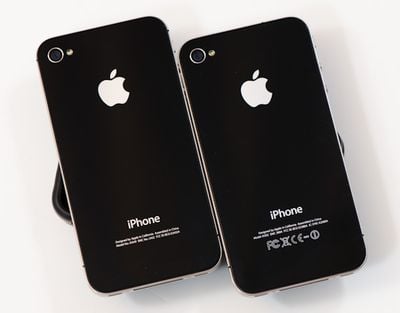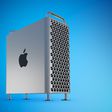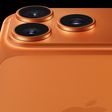Last week, Samsung released an anti-iPhone ad calling iPhone users "wall huggers" in a promotion for its Galaxy S5 smartphone. Today the South Korean company is promoting its new Galaxy Tab S with two new anti-Apple advertisements, bashing the iPad's lack of multitasking and its screen.
In the first ad, Samsung features a crying baby and a dad fighting over an iPad that's unable to display two apps at once. The baby wants to watch a movie while the dad is trying to catch a sports game. A Galaxy Tab S, which can display multiple apps at once, is swapped for the iPad, and suddenly both dad and baby are happy.
"What's going on? Ahhh, it looks like dad's tablet can only do one thing at a time. What if it were a Samsung Galaxy Tab S? With the Galaxy Tab S, the whole family has something to smile about."
The second advertisement pits the display of the iPad against the display of the Galaxy Tab S. In the spot, two friends are watching the same scary movie on an iPad and on a Samsung Galaxy Tab S. A scene depicting a dark figure against a black background is shown on both tablets, with the figure not appearing on the iPad's screen.
What went wrong here? Ahhh, It's not a Super AMOLED. What if it were a Samsung Galaxy Tab S? Compared to many LCDs, Super AMOLEDs give you 100 times higher contrast. Instead of 1000:1, you get 100,000:1 contrast. Conventional LCDs get their color using backlight but Super AMOLEDs turn off pixel by pixel, each emitting their own light. So you get all the fine details and varied shades of black that many LCDs can't show.
First announced in June, Samsung's newest tablet, the Galaxy Tab S features a high-resolution (2560 x 1600) Super AMOLED display. During its presentation, Samsung touted the tablet's display quality, suggesting it had a more accurate color range, better contrast, and higher outdoor visibility than a typical LCD display. The Galaxy Tab S is also Samsung's thinnest tablet to date, offering a fingerprint sensor, an 11 hour battery life, and Android's multitasking features.
The iPad Air, in contrast, features a 2048 by 1536 Retina display with 3.1 million pixels. While it is unable to run two apps at once presently, split-screen multitasking is said to be in the works. Apple is also working on a new version of the iPad Air and the Retina iPad mini, both of which are expected to come equipped with Touch ID fingerprint sensors and an A8 processor.
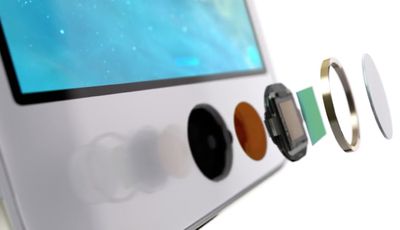


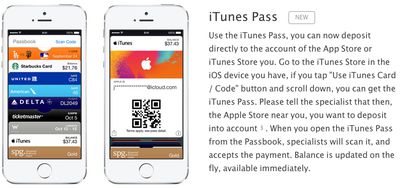
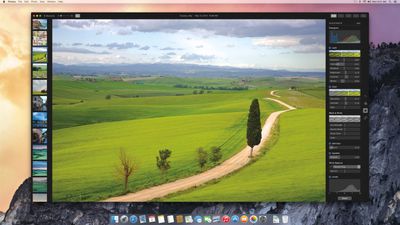
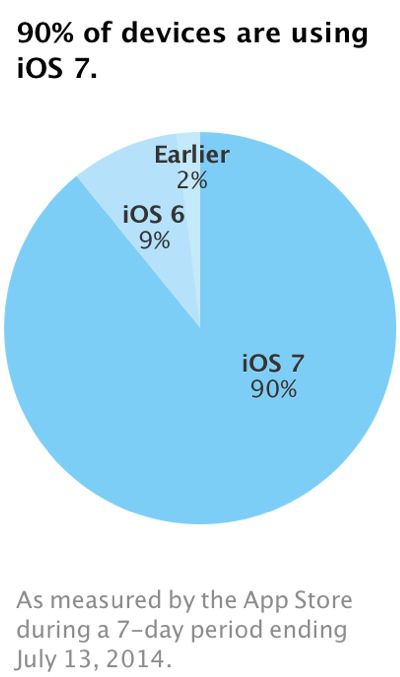
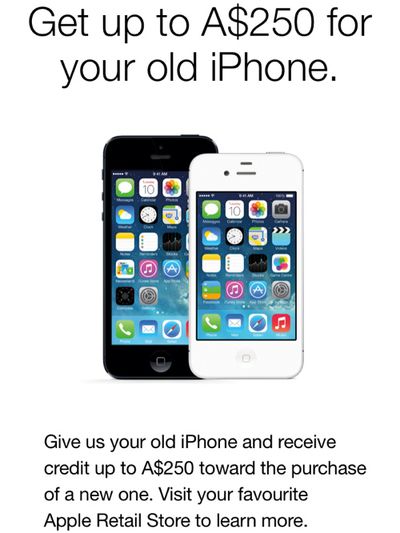
 Former White House Press Secretary Jay Carney is one of the candidates being considered to
Former White House Press Secretary Jay Carney is one of the candidates being considered to  Shazam today updated both its free and paid iOS apps to version 7.7.0,
Shazam today updated both its free and paid iOS apps to version 7.7.0, 
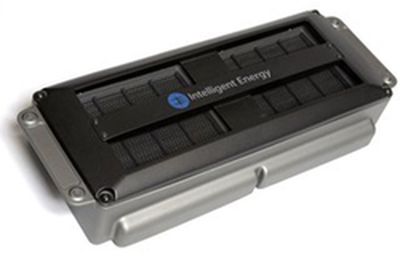 Fuel cell firm
Fuel cell firm 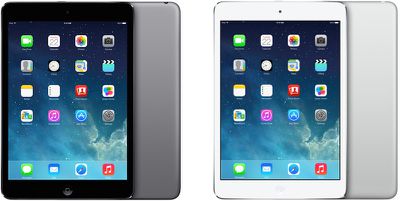


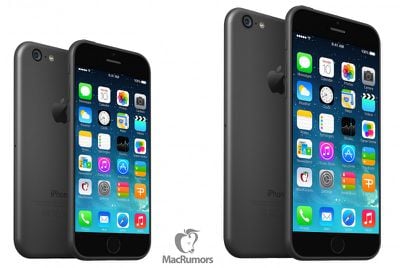
 Earlier this week, China's state-run media broadcast
Earlier this week, China's state-run media broadcast 